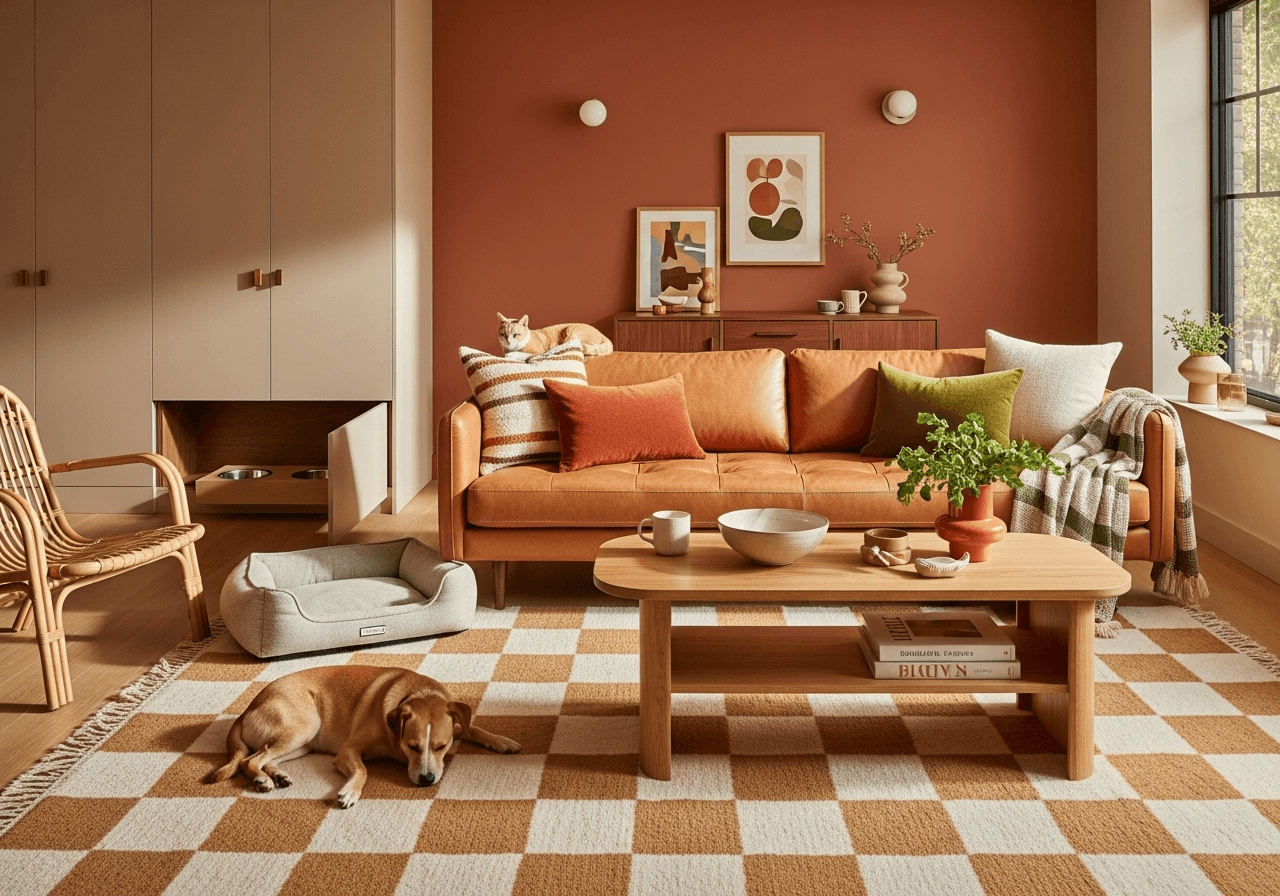Why Virtual Staging is the Future of Real Estate Marketing
Step into the future of real estate marketing with virtual staging - a game-changing technology that transforms the way we present properties. With the power of computer software, virtual staging creates stunningly realistic representations of furniture and decor, all without the hassle and cost of traditional staging methods.

As technology gets smarter and smarter, virtual staging will become even more widely adopted in the real estate industry. Keep reading as we explore why this is the case and how virtual staging can benefit you as a property seller, real estate agent, or interior designer.
The Basics of Virtual Staging
Virtual staging is a computer-generated process that enables real estate agents, property developers, and homeowners to create lifelike visualizations of their properties with greater flexibility and customization. It is an innovative approach to traditional staging methods, which can be expensive, time-consuming, and difficult to coordinate. Virtual staging technology consists of virtual interior design software, 3D models, virtual furniture and decor libraries, and more. From the layout of the room to the smallest decorative details, virtual staging can create a compelling visual experience that captivates buyers.

📸: @froi72
Compared to traditional staging, virtual staging eliminates the need for moving furniture, decoration, and accessories into the property. Instead, digital furniture and decor are added to images of the property to create a realistic and aesthetically pleasing representation. This means that virtual staging can be done in a matter of hours, compared to days or weeks for traditional staging. It also allows for a greater degree of creative control, as the designer can easily change or tweak the virtual staging to suit the client's needs. Overall, virtual staging is a more efficient, cost-effective, and versatile option for property sellers looking to showcase their properties to potential buyers.
The Benefits of Virtual Staging
Virtual staging’s popularity is surging in real estate marketing largely due to its cost savings and flexibility in design and customization. Unlike traditional staging, virtual staging eliminates the need for rental furniture, decorations, and professional movers, making it a more affordable option for those working on a budget. This flexibility also allows designers to create customized layouts and select from a wide range of digital furniture and decor options, making it ideal for showcasing vacant and unfurnished properties.

📸: @jml213563
In addition to cost savings and customization, virtual staging also offers benefits in terms of enhancing online presence and attracting buyer interest. High-quality virtual staging images can make a property stand out online, generating more views and interest, while also helping buyers visualize the potential of a space. By improving visualization for potential buyers and showcasing a property's full potential, virtual staging has become a powerful tool for real estate marketing that can help sell properties more quickly and efficiently.
The Challenges of Virtual Staging
Although virtual staging has many benefits, nothing good comes without its challenges. Some of the key roadblocks include limited creativity, lack of tactile experience, and inconsistencies between virtual staging and the actual property. However, these challenges can be overcome by utilizing advanced virtual staging software and partnering with experienced virtual stagers who understand how to navigate this new technology and its limitations.

📸: @plainjaneaz
When deciding between virtual staging and traditional staging, we would recommend you compare the challenges associated with both. Typically, the cost-effectiveness, flexibility, and efficiency of virtual staging will outweigh any challenges. Therefore, for those looking to showcase a property using virtual staging, just be sure to pair the right software and knowledgeable experts to ensure the highest quality results.
The Future of Virtual Staging
Virtual staging technology continues to evolve, with advancements in quality and realism making it an increasingly valuable tool for real estate marketing. New possibilities, such as virtual and augmented reality technology, could further enhance the virtual staging experience and allow for more personalized designs based on individual preferences. In the construction and renovation industry, virtual staging could be used to create 3D models of proposed designs, providing visualization before construction begins.

📸: @scarlette17
The COVID-19 pandemic has accelerated the adoption of virtual staging in the real estate industry, and it is likely to remain an essential tool in a post-pandemic world where buyers continue to rely on online resources for property viewing and decision-making. With its cost-effectiveness, efficiency, and ability to attract potential buyers, virtual staging is set to become an increasingly important component of real estate marketing in the future.
Virtual Staging in Action
In conclusion, virtual staging has revolutionized the real estate industry and provided a cost-effective and flexible alternative to traditional staging methods. With the advancements in technology and the ever-evolving software, virtual staging has become more realistic and personalized, offering endless design possibilities to showcase any property to its fullest potential.

📸: @aliciadw
One great example of virtual staging software is the DecorMatters app, which offers an easy-to-use platform with a wide range of design options to fit any style or taste. Regardless of your background in design or real estate, DecorMatters is an accessible and fun tool to experiment with and see the benefits of virtual staging for yourself.

📸: @ayanya
Remember, virtual staging is not just a trend, it's the future of real estate marketing. By embracing this technology, you can stay ahead of the curve and ensure that your property stands out from the competition. Try out the DecorMatters virtual staging app today.
UP NEXT: What We Expect to See in the Interior Design Industry Within the Metaverse










 20h left
20h left




